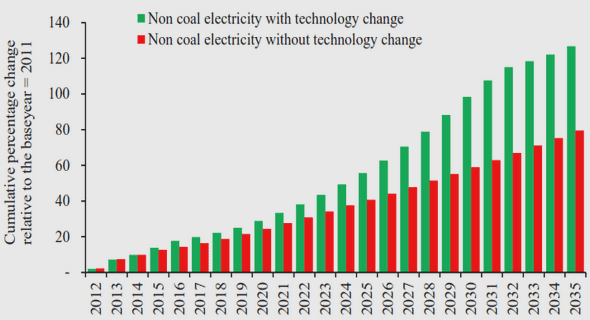(Downloads - 0)
For more info about our services contact : help@bestpfe.com
Table of contents
Introduction
I Atoms and photons in cavity
I.1 Two-level atoms
I.1.1 Circular Rydberg atoms
I.1.1.a Properties
I.1.1.b Preparation
I.1.1.c Detection
I.1.2 Theory of two-level systems
I.1.2.a Atomic pseudo spin and Bloch sphere
I.1.2.b Manipulation of atomic states
I.1.2.c Ramsey interferometer
I.2 Photons in cavity
I.2.1 The high finesse Fabry-Pérot cavity
I.2.2 Theoretical description
I.2.2.a A quantized field
I.2.2.b Coupling to the environment
I.3 Coupling the two systems
I.3.1 Resonant regime
I.3.2 Dispersive regime
I.3.3 Rapid adiabatic passage
I.4 Measurement of field state
I.4.1 General measurement theory
I.4.2 Quantum nondemolition measurement of photon numbers
I.4.2.a Measurement principle
I.4.2.b Modification of photon number distribution
I.4.2.c Reconstruction of photon number distributions
I.4.2.d Phase shifts in photon number states
II Quantum feedback: state estimation
II.1 General principle
II.1.1 From classical to quantum feedback
II.1.2 Principle of the quantum feedback experiment
II.2 Sensor samples
II.3 Actuator samples
II.3.1 Sample with 1 atom
II.3.1.a Ideal resonant interaction
II.3.1.b Imperfect Rabi oscillations
II.3.1.c Rabi oscillations in the Fock states
II.3.1.d Mixing of the Kraus operators
II.3.2 Sample with 2 atoms
II.3.2.a Ideal resonant interaction
II.3.2.b Vacuum Rabi oscillations of two atoms
II.3.3 Quantum maps
II.4 State estimation
III Quantum feedback: algorithms and optimizations
III.1 Complete timing of the feedback experiment
III.2 Quantum state estimator
III.3 Controller
III.3.1 Measure of distance
III.3.2 Decision making
III.4 Simulations and optimization of parameters
III.4.1 Parameters for the simulations
III.4.2 Results of the simulations
III.4.3 Optimizations
III.4.3.a The partition of samples
III.4.3.b Distance functions
III.4.3.c The interaction time for actuators
IV Experimental implementation
IV.1 Control systems
IV.1.1 Organization of the control systems
IV.1.2 Main components of the Active system
IV.2 Sequence
IV.2.1 Experimental events for one sample
IV.2.2 The feedback sequence
IV.2.3 The measurement sequence
IV.3 Results
IV.3.1 Individual trajectories
IV.3.2 Photon number distributions
IV.3.2.a Stationary regime
IV.3.2.b Termination by a threshold on fidelity
IV.3.3 Behavior of the controller
IV.3.3.a Sample types in the stationary regime
IV.3.3.b Sample types dependent on the mean photon number
Conclusion
A Two-atom Rabi oscillations
B Simulation procedure
Bibliography




